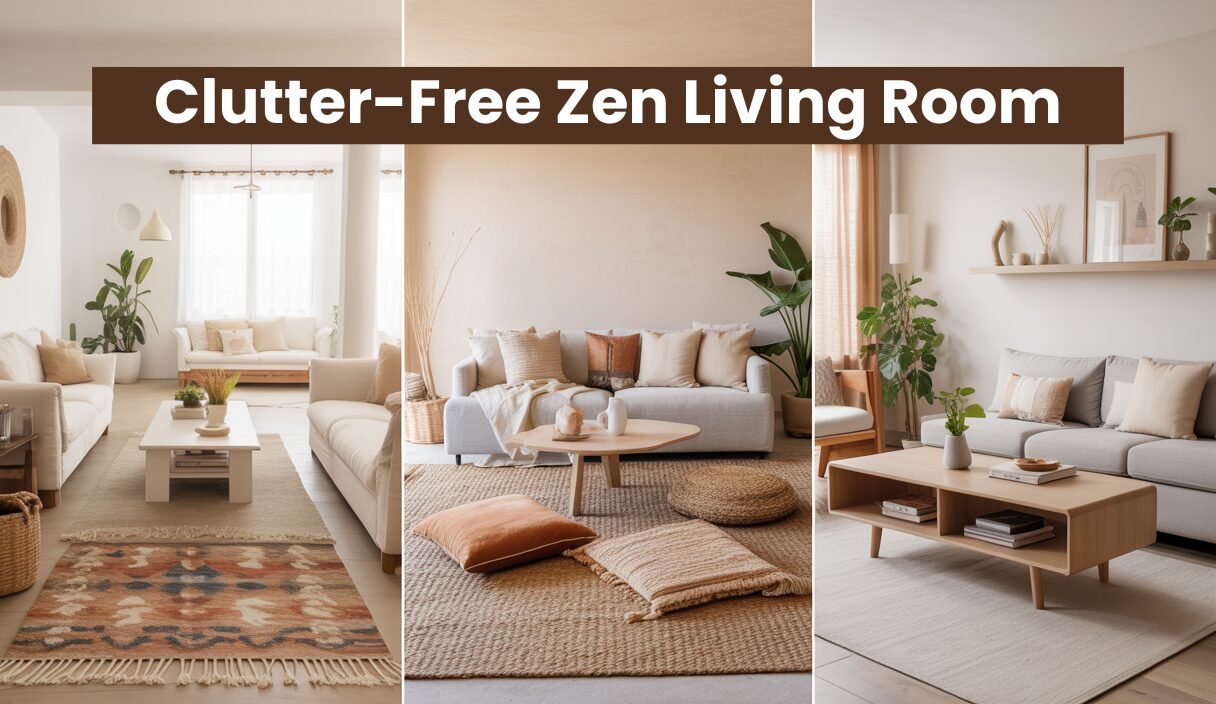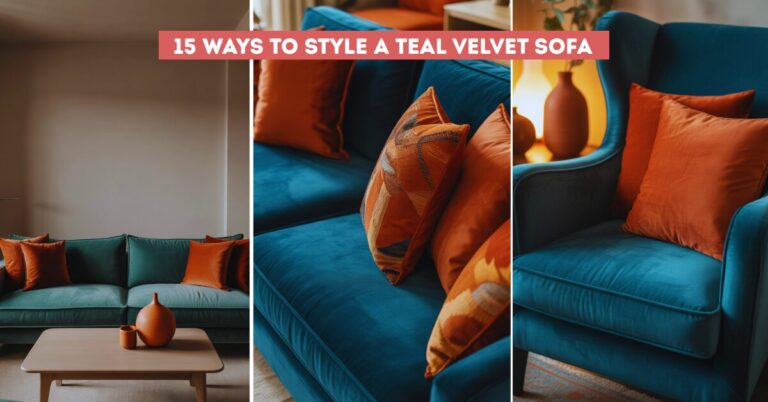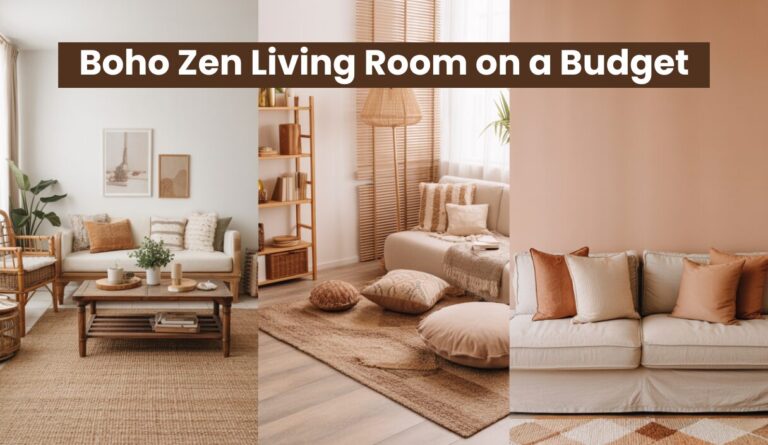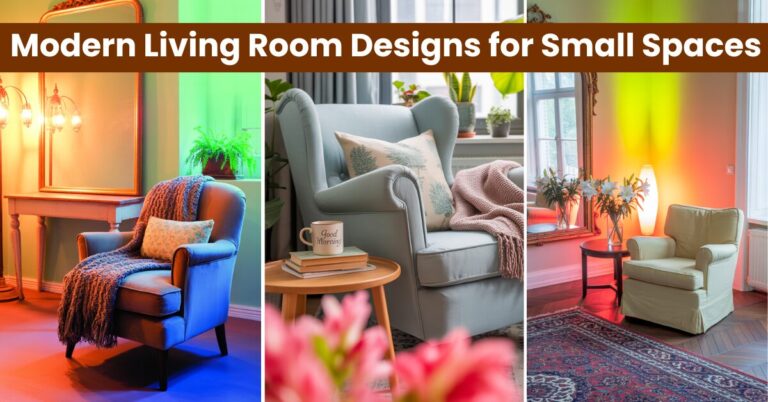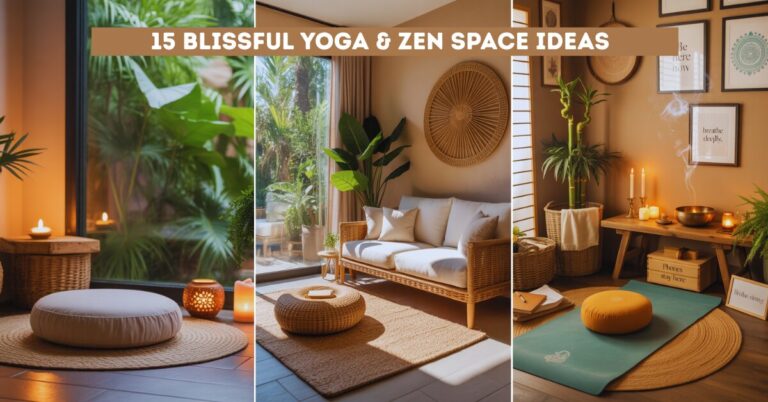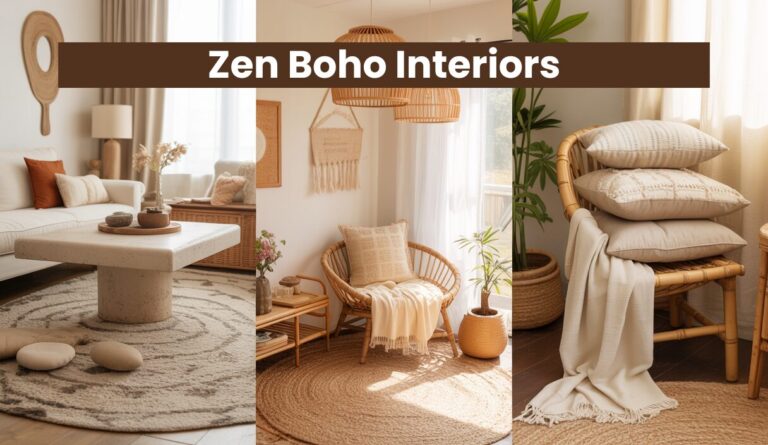Creating a Clutter-Free Zen Living Room for Better Relaxation
In today’s fast-paced world, our living spaces can often feel overwhelming—filled with to-do lists, screens, and distractions. A zen-inspired living room offers the perfect antidote: a space where calm, clarity, and presence take center stage. And at the heart of zen design? Clutter-free simplicity.
In this post, you’ll learn how to transform your living room into a peaceful sanctuary by embracing minimalism, intentional decor, and clutter-free organization. These zen living room tips are perfect for small homes, cozy apartments, or anyone seeking a more tranquil, grounded home life.
Why a Clutter-Free Zen Living Room Matters
A cluttered space leads to a cluttered mind. In contrast, a minimal, mindful environment encourages:
- Reduced stress
- Better mental clarity
- More intentional living
- A deeper sense of relaxation
In zen interior design, everything in the room serves a purpose—either functional or spiritual—and nothing more. By removing excess, we make space for calm.
1. Start with a Mindful Decluttering Session
Before adding any zen decor, you’ll want to clear the room of anything unnecessary. This doesn’t mean stripping your space bare, but rather creating room to breathe.
Tips for zen decluttering:
- Remove visual distractions from shelves and tables
- Store or donate items you haven’t used in the past year
- Keep surfaces clear and use baskets to hide essentials
- Choose multi-functional furniture with storage
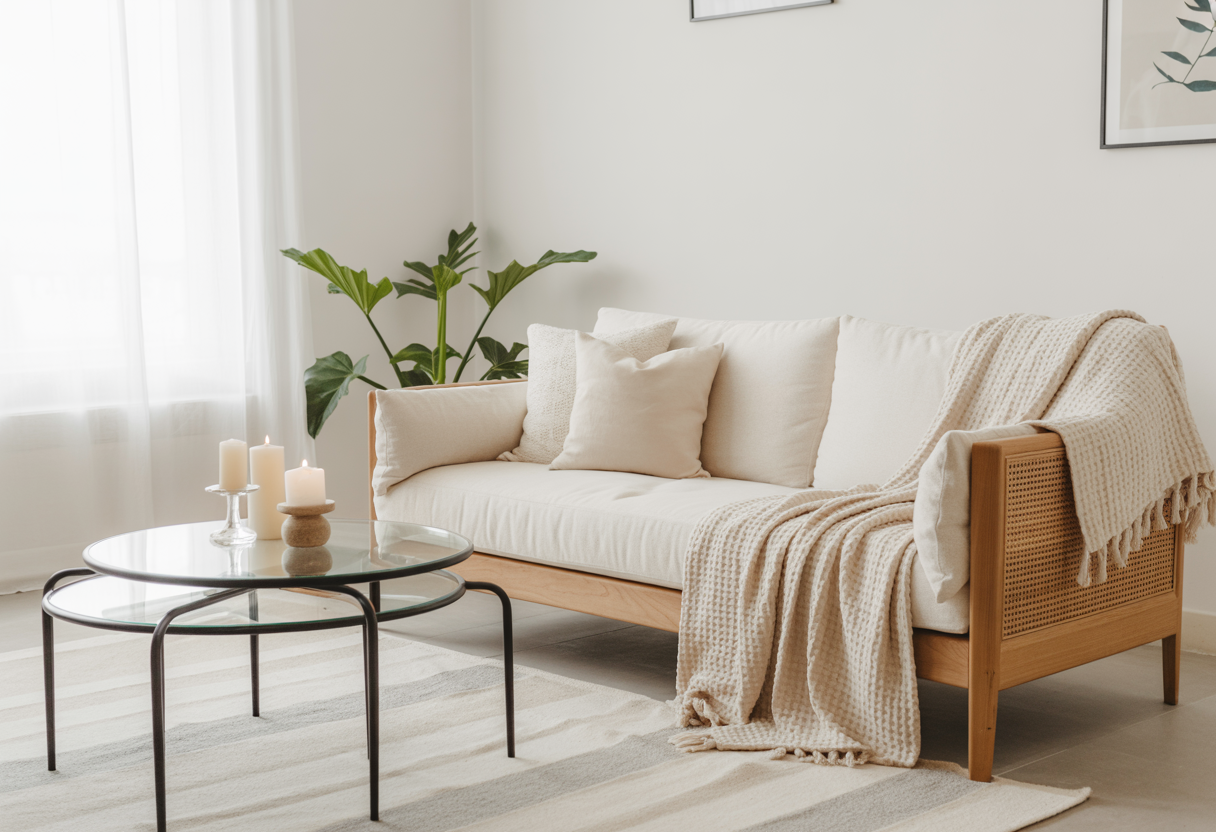
2. Choose a Neutral, Earth-Inspired Color Palette
Color sets the tone for your entire space. Zen interiors favor soft, natural shades that evoke calm and connection with nature.
Recommended colors:
- Warm whites and ivory
- Soft grays and beige
- Sage green and muted browns
- Stone, sand, or driftwood tones
Stick to 2–3 hues for consistency and harmony.
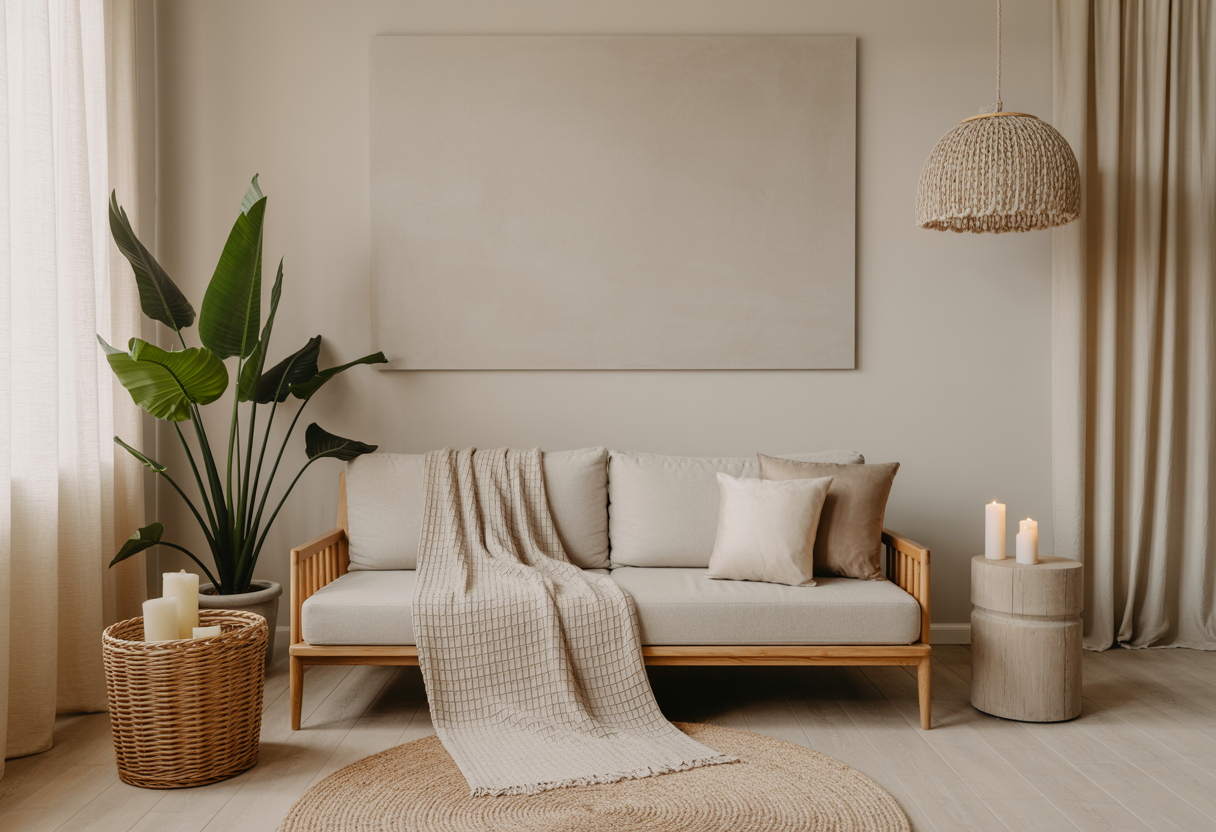
3. Use Furniture with Clean Lines and Purpose
Zen design doesn’t mean no furniture—it means carefully chosen furniture that supports peace and function.
Look for:
- Low-profile sofas and coffee tables
- Solid wood or bamboo materials
- Rounded edges for softness
- Built-in storage to hide clutter
Avoid overstuffed pieces or anything too ornate.
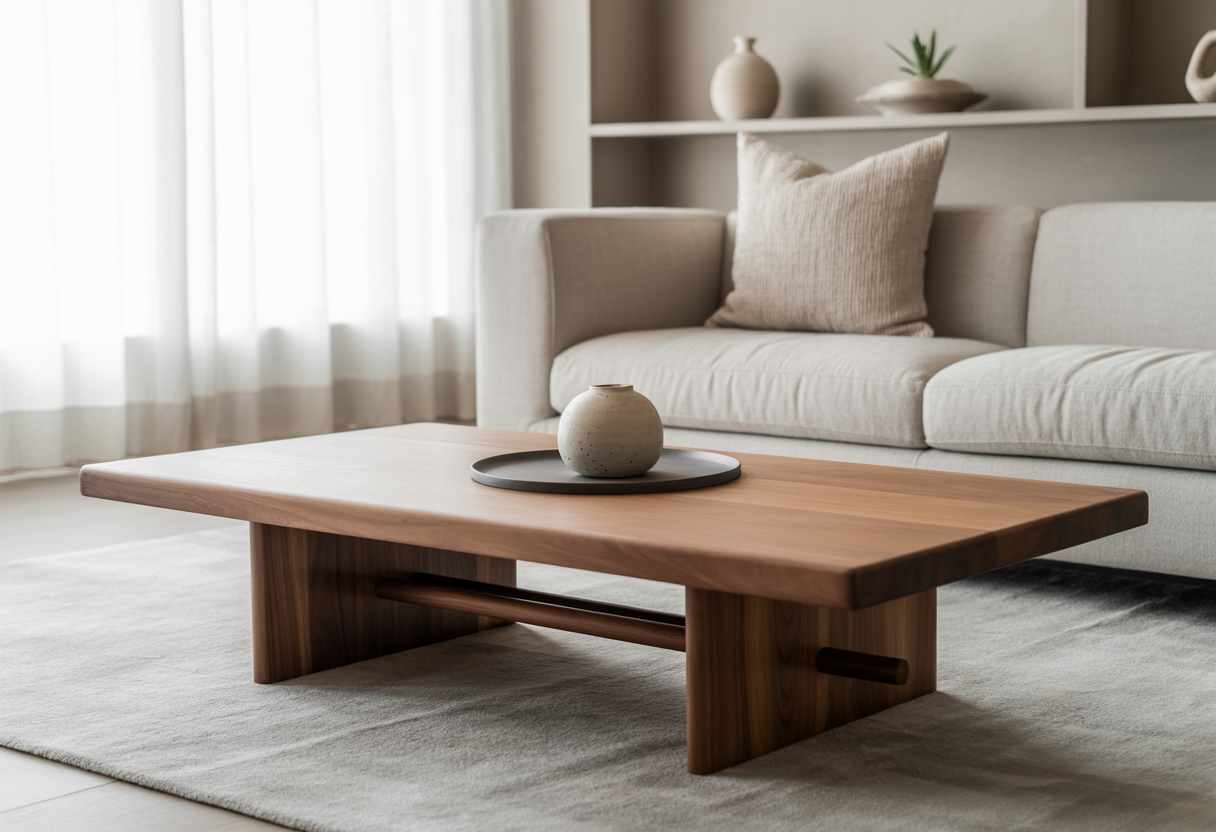
4. Create Space Between Objects
One of the hallmarks of zen design is intentional spacing. Give each object in your room room to breathe.
How to achieve this:
- Avoid overfilling shelves or surfaces
- Leave negative space between furniture
- Choose fewer, larger decor items instead of many small ones
This emptiness isn’t lack—it’s peaceful presence.
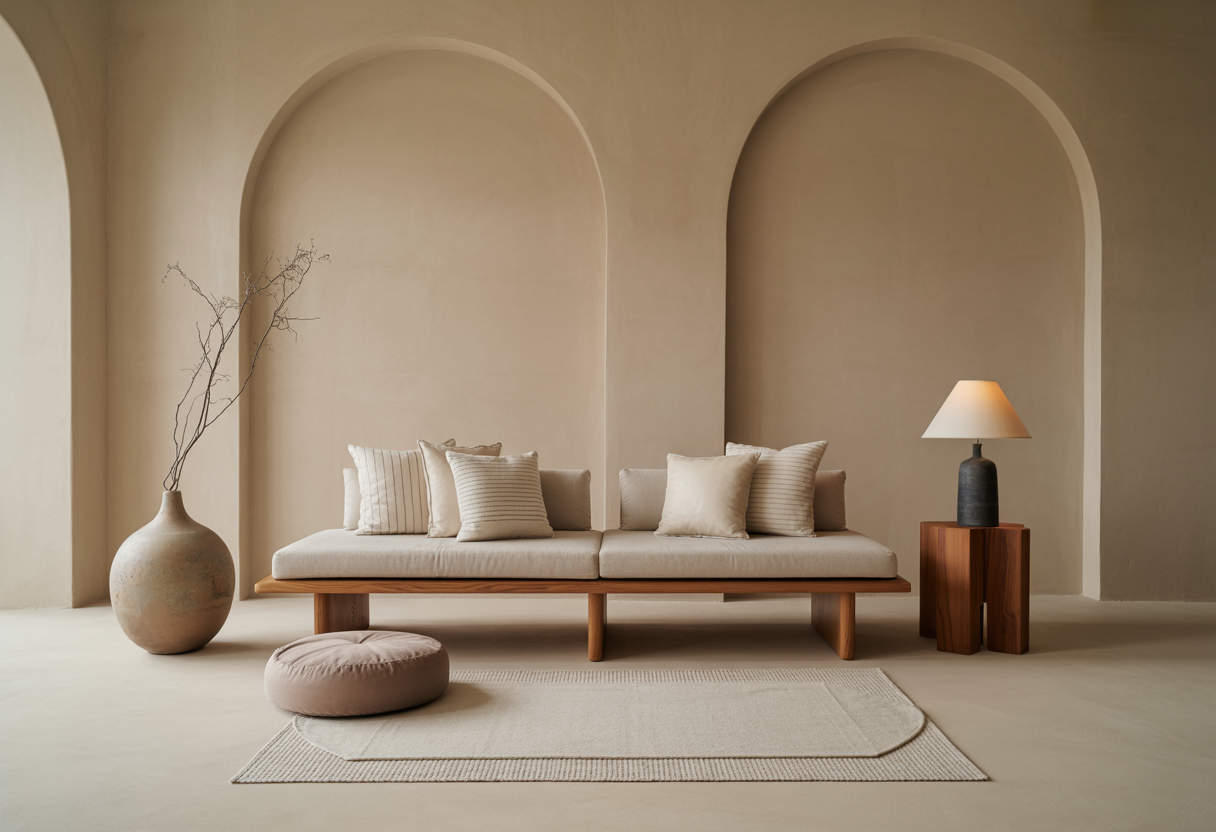
5. Introduce Natural Materials and Textures
Zen interiors draw heavily on nature. Using organic textures and sustainable materials can deepen the sense of relaxation and grounding.
Materials to incorporate:
- Bamboo, rattan, or reclaimed wood
- Cotton, linen, and wool
- Jute rugs and paper lanterns
- Stone, clay, and ceramics
Avoid plastic, synthetic fabrics, or overly glossy finishes.
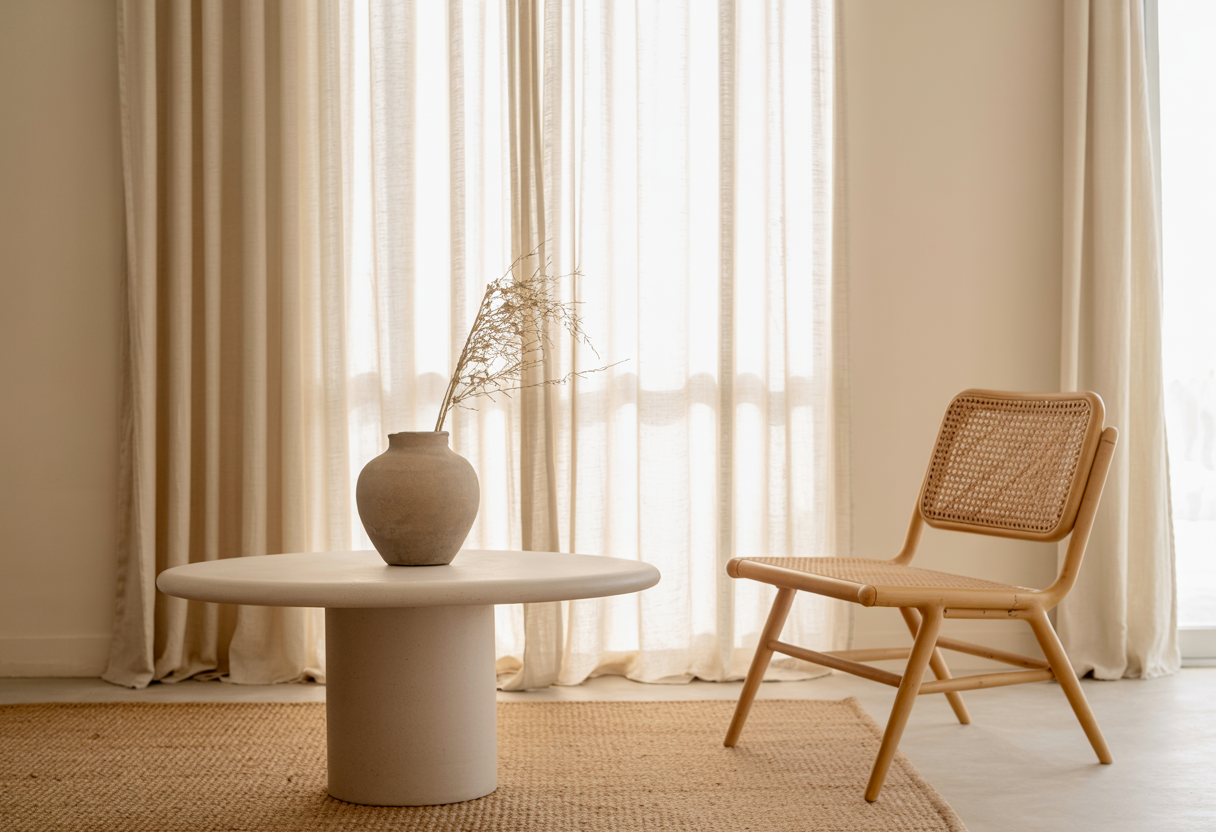
6. Maximize Natural Light and Air Flow
Letting in natural light supports the energetic flow (chi) and lifts the mood. Zen spaces are known for their brightness and clean, breathable air.
Design tips:
- Remove heavy or dark curtains
- Use sheer or linen panels
- Keep windows clean and unblocked
- Add plants to freshen air and soften corners
If privacy is needed, opt for neutral-toned blinds or shoji screens.
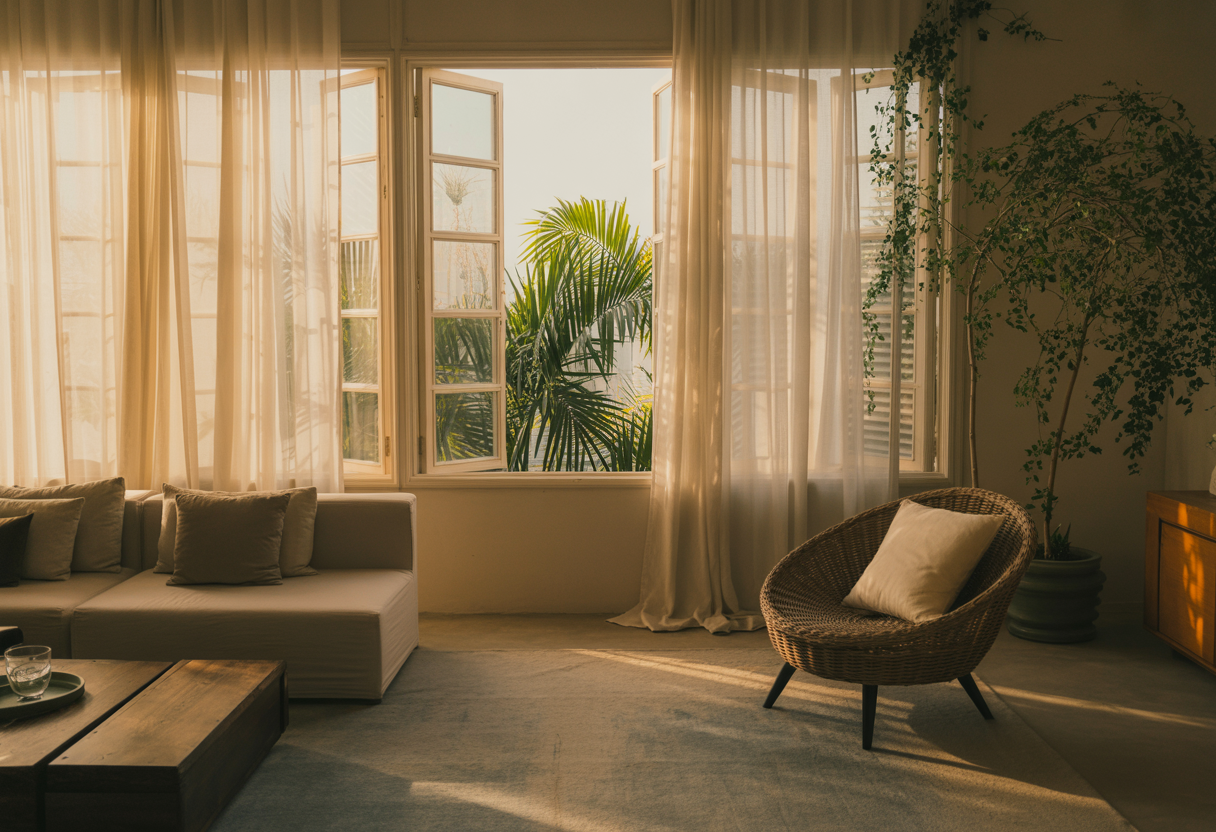
7. Add Plants and Greenery Mindfully
Plants are essential in a zen living room, but avoid turning your space into a jungle. Each plant should feel like a thoughtful choice, not just decor.
Best zen plants:
- Bonsai tree
- Snake plant
- Peace lily
- Bamboo or ZZ plant
Use simple, natural pots in clay, stone, or ceramic finishes.

8. Use Soft Textiles to Invite Warmth
While minimal, a zen living room shouldn’t feel cold. Add coziness through carefully selected textiles.
Choose:
- Light cotton throws or wool blankets
- Soft floor cushions
- Linen or cotton pillow covers
- Neutral-toned rugs
Avoid busy patterns—tone-on-tone texture is better.
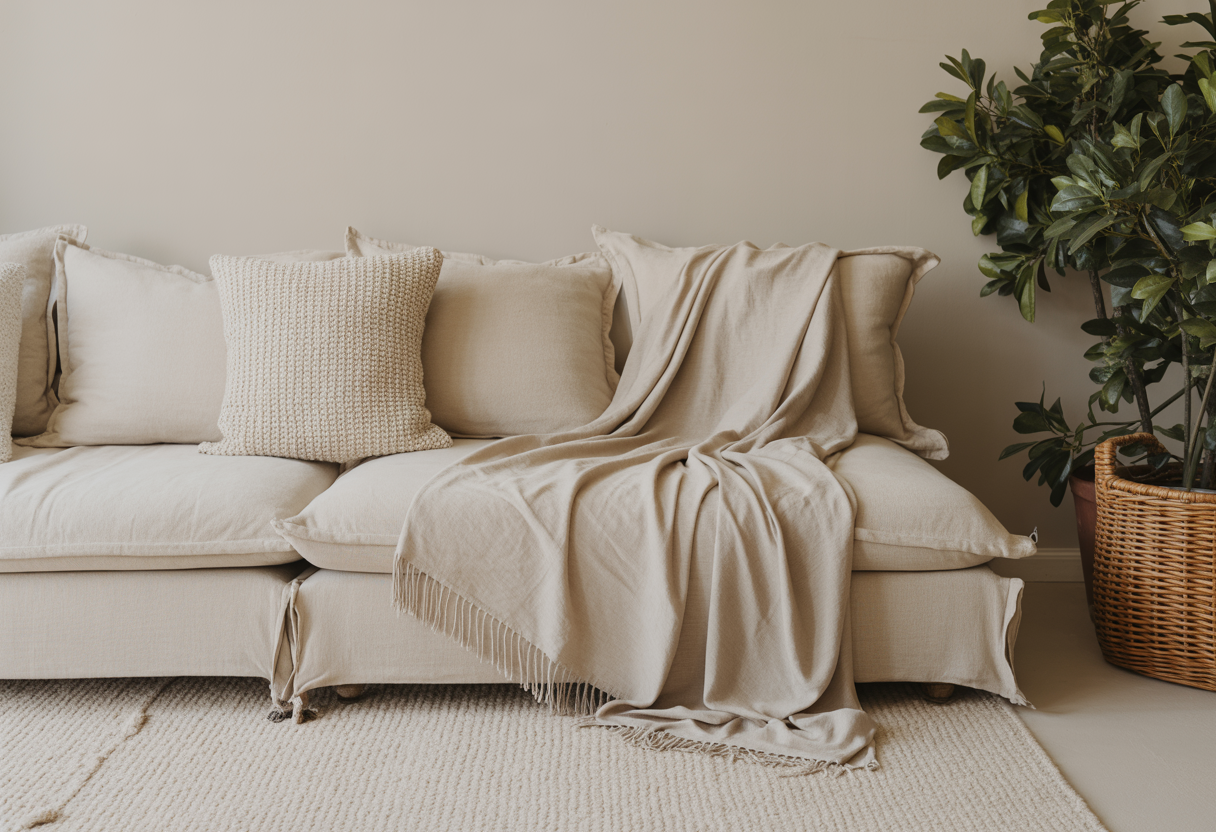
9. Introduce Intentional Decor with Meaning
Zen decor is not about filling the space—it’s about adding just a few meaningful objects that support your well-being.
Examples:
- A single framed calligraphy quote
- A handmade incense holder
- A wooden tray with stones and a candle
- A small Buddha or spiritual symbol
Only keep items that promote peace or have personal value.
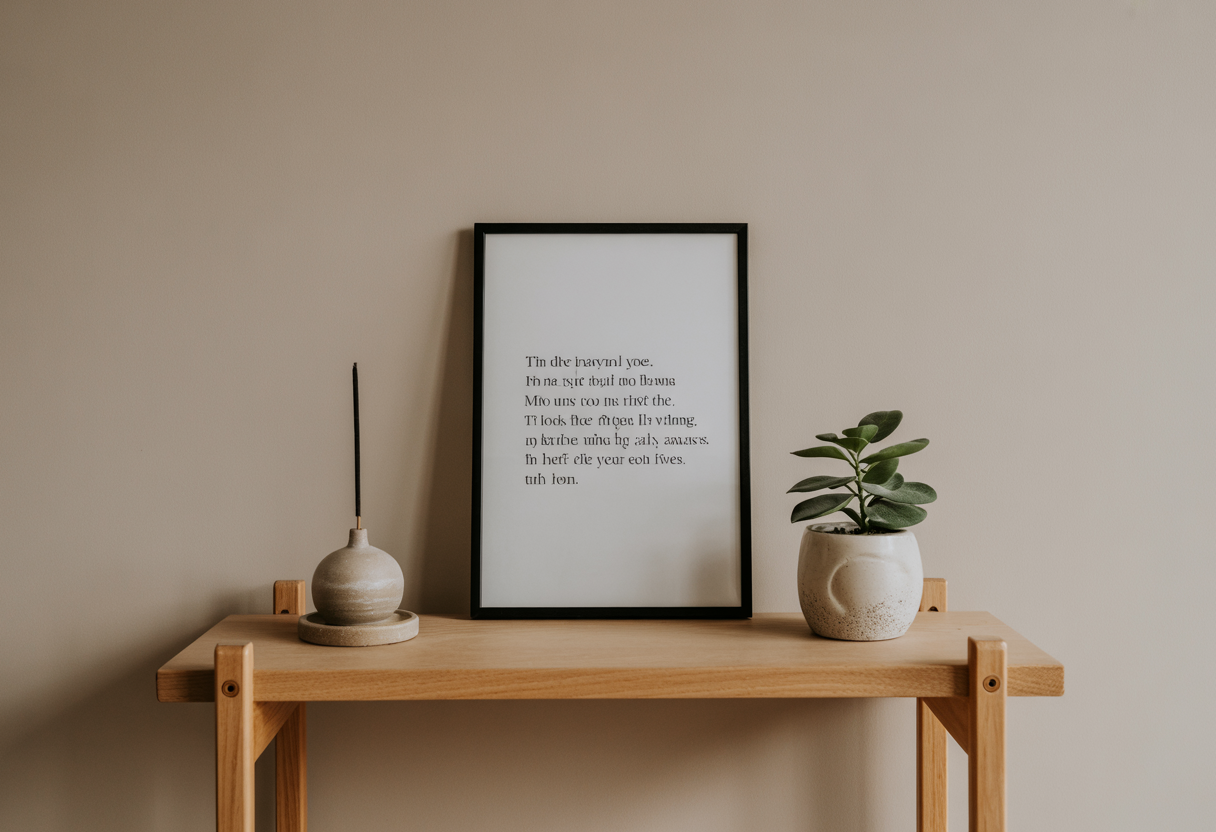
10. Maintain a Daily Reset Ritual
Creating a clutter-free zen living room isn’t a one-time task—it’s an ongoing practice. Daily rituals help maintain the calm atmosphere you’ve created.
Try this daily reset:
- Put away loose items
- Fluff pillows and fold blankets
- Light a candle or diffuse essential oils
- Open a window or turn on soft ambient music
Just 5–10 minutes each day keeps your space aligned with peaceful living.

Final Thoughts: Design Less to Experience More
A clutter-free zen living room isn’t about stripping your home of personality—it’s about making space for the feelings you want to invite in. By minimizing distractions, choosing natural elements, and designing with intention, your living room becomes more than a room—it becomes a sanctuary.
Let this space be where your day begins with mindfulness and ends in peace. Let it be the anchor that supports the kind of life you want to live—present, grounded, and calm.

